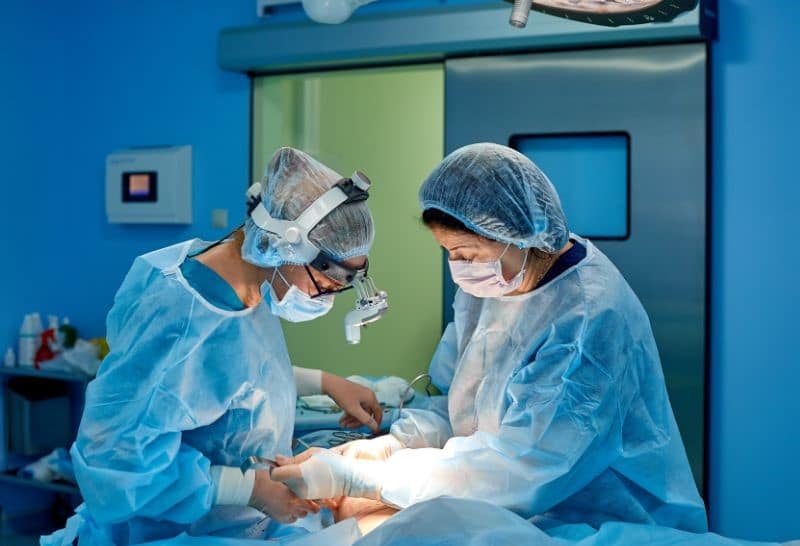When disasters strike, swift and efficient responses are paramount. Central to this is ensuring that first responders and medical personnel are adequately protected. Enter the disposable protective gown, a seemingly simple piece of attire that plays an invaluable role.
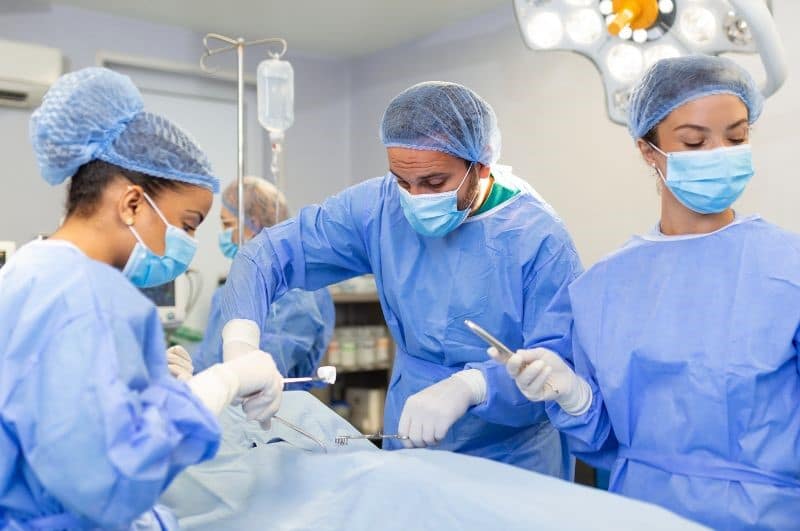
The Role of Protective Gowns in Emergency Situations
Protective gowns, especially those tailored for emergencies, are designed to provide a barrier against a plethora of threats. But why are they so critical?
Unique Features of Emergency Protective Gowns
Every situation demands specific protective wear, but emergencies often present unpredictable challenges. Emergency gowns, therefore, incorporate features like enhanced fluid resistance, adaptability to varying temperatures, and reinforced seams.
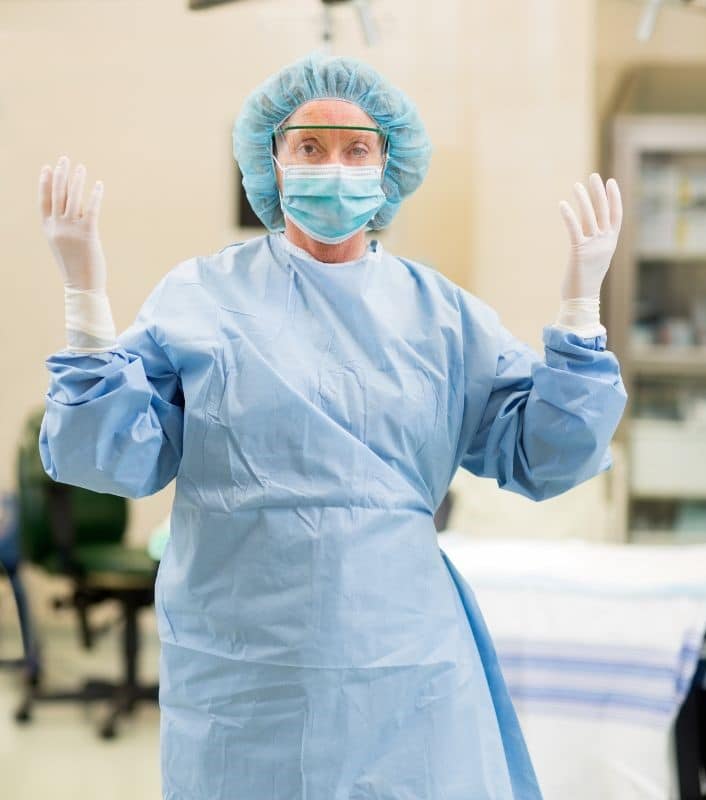
Differences Between Regular and Emergency Gowns
While standard gowns protect against common contaminants, emergency gowns are made to handle extreme conditions. They’re often more robust, versatile, and come with additional protective layers.
Real-Life Applications of Protective Gowns in Disasters
To truly understand the significance, let’s dive into real-world scenarios where these gowns have proved essential.
Disease Outbreaks
Recall the Ebola and COVID-19 crises? Medical staff required protective wear that was impermeable to viral agents. Disposable gowns ensured safety and prevented the spread, acting as frontline barriers.

Natural Disasters
In events like tsunamis or earthquakes, injuries are inevitable. First responders need protective gowns to guard against potential contaminants in water or debris while attending to victims.
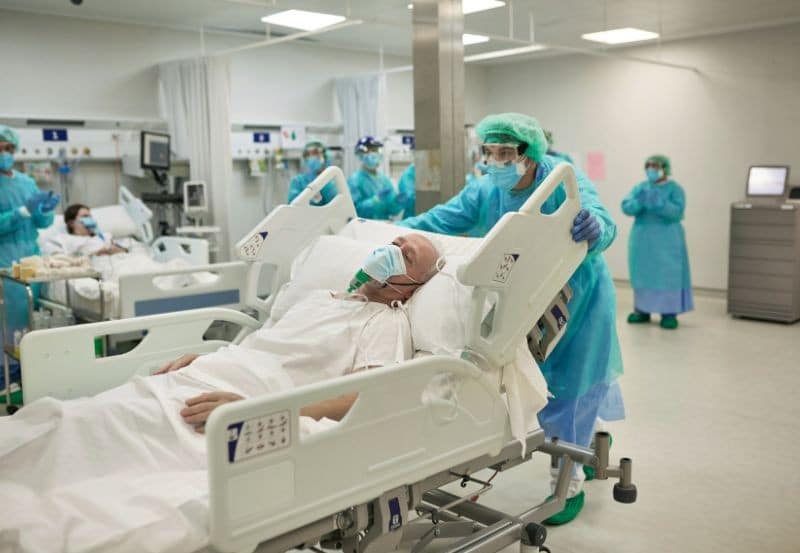
Biohazard Incidents
Imagine a chemical spill or a radiological event. Protective gowns tailored for such emergencies shield responders from chemical agents, ensuring they can rescue and provide aid without jeopardizing their health.
Challenges in Supplying Protective Gowns During Disasters
One would think that with their importance, these gowns would be in abundant supply. But the reality? Often, there’s a shortage during large-scale emergencies. Factors include overwhelming demand, disruptions in supply chains, and manufacturing constraints. Recognizing these challenges is the first step to addressing them.
The Future of Protective Gowns in Emergency Preparedness
With the lessons from past disasters, there’s a push towards innovations in protective gown design and materials. Think of gowns that can “self-clean” or those embedded with sensors to detect contaminants. The possibilities are as vast as they are exciting.
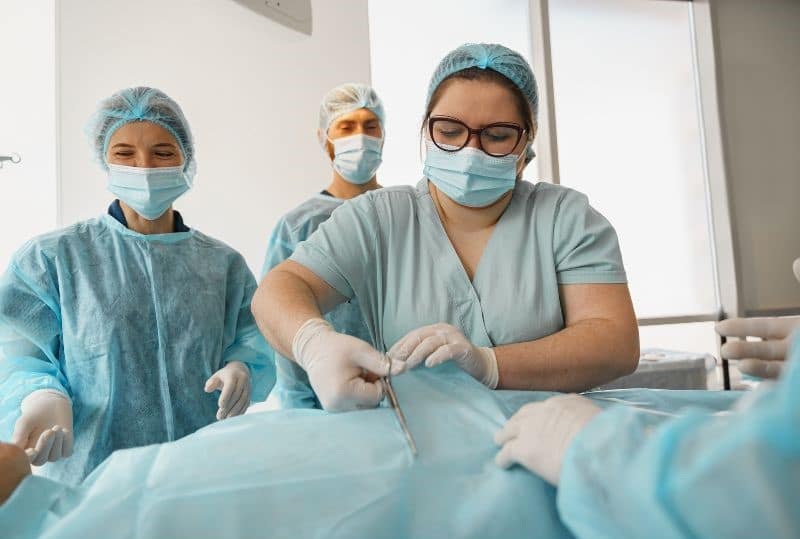
Заключение
Emergencies, by nature, are unpredictable. But what remains constant is the need for effective protective wear like disposable gowns. As we look to the future, the emphasis is clear: enhance protection, embrace innovation, and ensure preparedness.
Вопросы и ответы
- Why are disposable gowns preferred in emergencies?
Disposable gowns reduce the risk of cross-contamination and can be discarded after exposure to contaminants. - Are all protective gowns suitable for all disaster types?
No, gowns are tailored to specific challenges. For instance, a gown designed for a chemical spill might not be apt for a viral outbreak. - How do we address the supply challenges of protective gowns during large-scale disasters?
Strategic stockpiling, diversifying suppliers, and fostering local manufacturing are viable solutions. - What innovations can we expect in emergency protective gowns?
Future gowns might feature self-cleaning fabrics, integrated sensors, and enhanced adaptability to varied environments. - Can disposable gowns be recycled or repurposed?
Depending on the material and contamination level, some gowns can be recycled, but most are designed for single-use to ensure safety.

